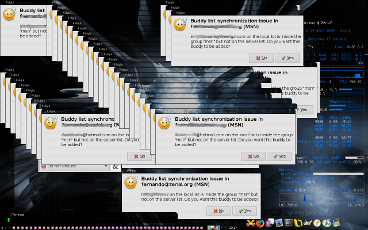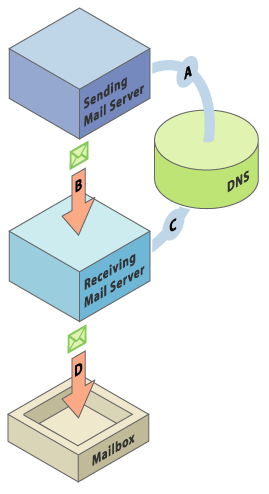El escenario era el siguiente:
Servidor Intel Xeon con cuatro núcleos de 2Ghz cada uno, 8Gb de ram y un arreglo de discos SCSI en Raid5 (300Gb). La funcionalidad del servidor es ser un host de máquinas virtuales. El diléma era qué filesystem usar, estába entre ext3 y XFS entonces me puse a googlear y encontre varios benchmarks y comentarios interesante al respecto, donde se comparaban esos dos o más sistemas de ficheros. Mis necesidades eran encontrar un sistema de ficheros que sea rápido y que trabaje bien con ficheros de gran tamaño (>=1Gb).
Navegando y navegando, me encontré con un benchmark en el sitio debian-administrator que me ayudó en parte a decidir lo que debía hacer.
En dicho benchmark se analizaron los siguientes puntos:
* Operations on a large file (ISO image, 700MB) Copy ISO from a second disk to the test disk
* Recopy ISO in another location on the test disk
* Remove both copies of ISO* Operations on a file tree (7500 files, 900 directories, 1.9GB) Copy file tree from a second disk to the test disk
* Recopy file tree in another location on the test disk
* Remove both copies of file tree* Operations into the file tree List recursively all contents of the file tree and save it on the test disk
* Find files matching a specific wildcard into the file tree* Operations on the file system Creation of the filesystem (mkfs) (all FS were created with default values)
* Mount filesystem
* Umount filesystem
Según ese artículo, el fs que mejor trabaja con ficheros de gran tamaño es xfs. Se hicieron dos tipos de pruebas, comparando jfs, xfs, ext3 y reiserfs. En la primera ganó xfs y ext3, en la segunda xfs y jfs.
The initial copy of the large file took longer on Ext3 (38.2 secs) and ReiserFS (41.8) when compared to JFS and XFS (35.1 and 34.8). The recopy on the same disk advantaged the XFS (33.1 secs), when compared to other FS (Ext3 = 37.3, JFS = 39.4, ReiserFS = 43.9). The ISO removal was about 100 times faster on JFS and XFS (0.02 sec for both), compared to 1.5 sec for ReiserFS and 2.5 sec for Ext3! All FS took comparable amounts of CPU to copy (between 46 and 51%) and to recopy ISO (between 38% to 50%). The ReiserFS used 49% of CPU to remove ISO, when other FS used about 10%. There was a clear trend of JFS to use less CPU than any other FS (about 5 to 10% less). The number of minor page faults was quite similar between FS (ranging from 600 – XFS to 661 – ReiserFS).
Conclusion : For quick operations on large files, choose JFS or XFS. If you need to minimize CPU usage, prefer JFS.
Operations on a file tree (7500 files, 900 directories, 1.9GB)
[…]
Conclusion : For quick operations on large file tree, choose Ext3 or XFS. Benchmarks from other authors have supported the use of ReiserFS for operations on large number of small files. However, the present results on a tree comprising thousands of files of various size (10KB to 5MB) suggest than Ext3 or XFS may be more appropriate for real-world file server operations. Even if JFS minimize CPU usage, it should be noted that this FS comes with significantly higher latency for large file tree operations.
Todo indicaba que debia usar XFS, pero la realidad era otra.
Seguir leyendo


Comentarios recientes